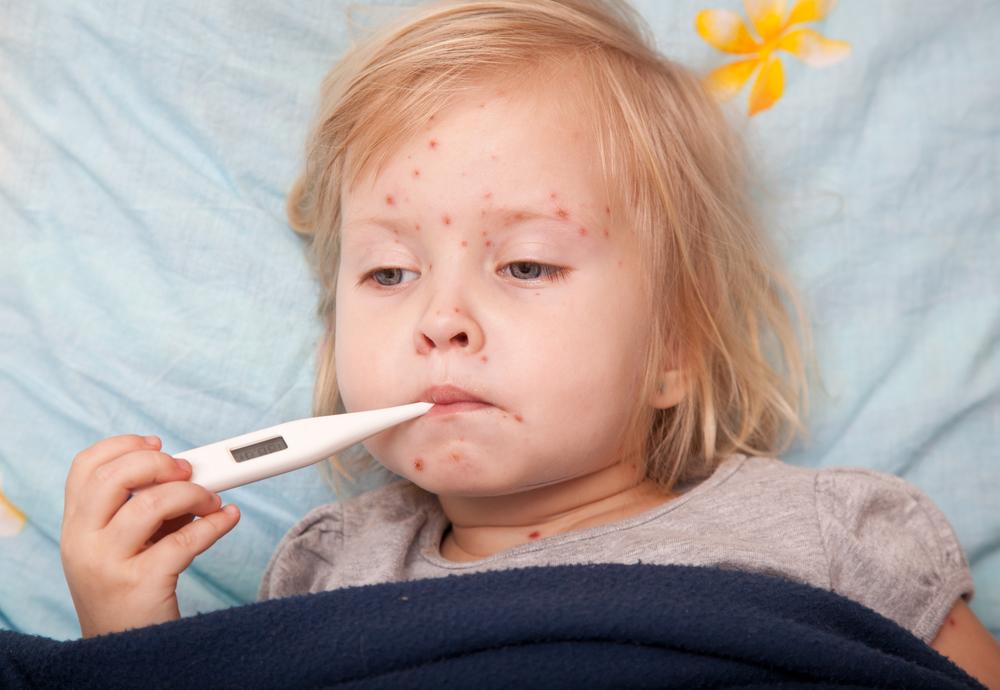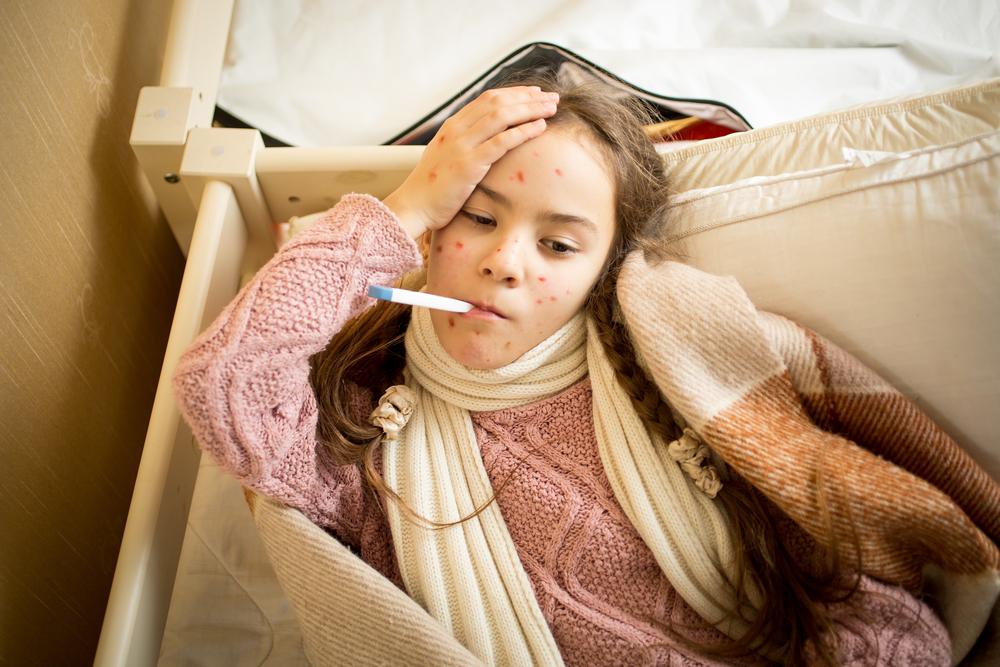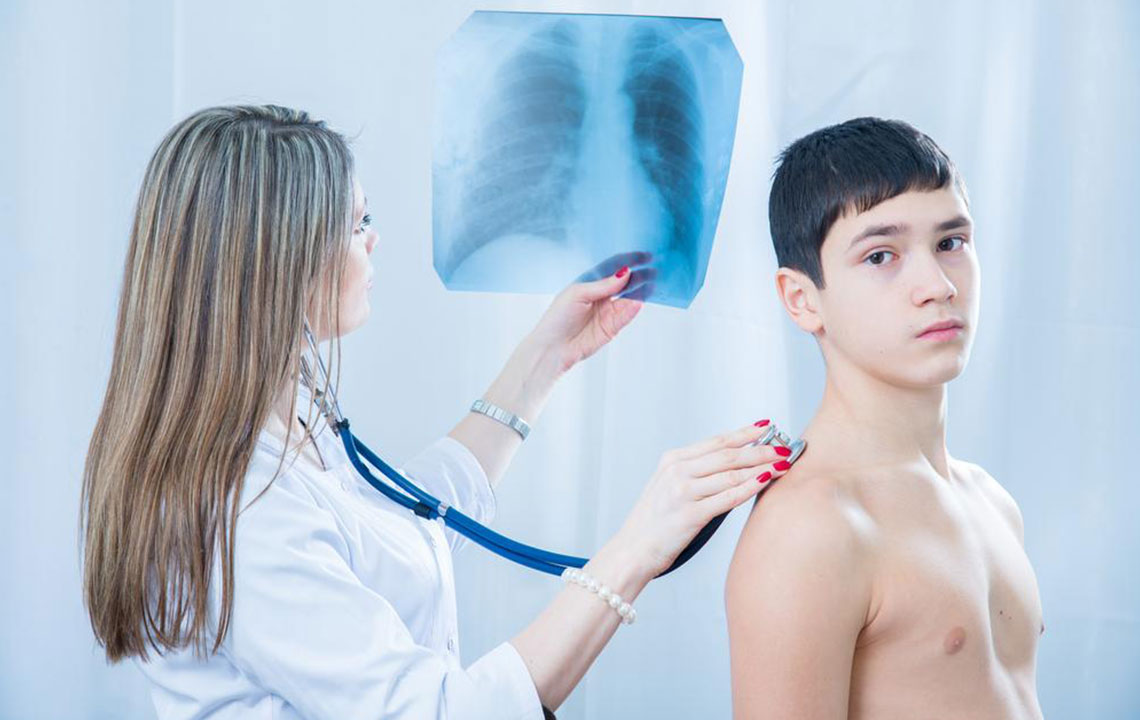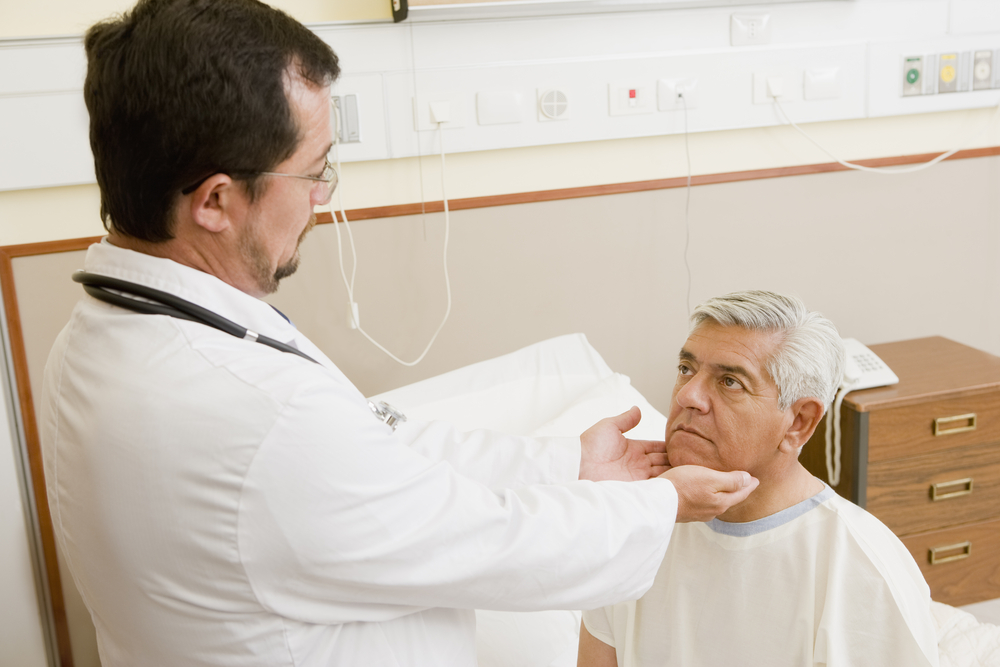Comprehensive Guide to Measles: Causes, Symptoms, and Effective Treatment Strategies
This comprehensive article delves into the causes, symptoms, and management of measles, highlighting the importance of vaccination and early recognition. It covers transmission routes, clinical signs like Koplik's spots and rash, and effective treatment options including hydration, rest, and vitamin A. The piece emphasizes prevention through immunization and proper healthcare strategies to curb outbreaks and protect vulnerable populations, offering valuable insights for both healthcare professionals and the public to stay informed about this highly contagious disease.

Comprehensive Guide to Measles: Causes, Symptoms, and Effective Treatment Strategies
Measles continues to be a prevalent infectious disease impacting children worldwide, despite the availability of vaccines. This highly contagious illness is caused by the rubeola virus, a member of the paramyxovirus family, which spreads rapidly through respiratory droplets. Understanding the causes, identifying the symptoms early, and implementing proper management and treatment protocols are crucial to controlling outbreaks and safeguarding health.
Measles primarily affects individuals who are unvaccinated or have not developed immunity after previous infection. It spreads through coughing, sneezing, and direct contact with bodily secretions from infected persons. The incubation period typically ranges from 10 to 14 days. During this period, the virus resides in the mucus membranes of the nose and throat, making it easier to spread even before symptoms appear. After the incubation, symptoms develop abruptly and often include high fever, cough, nasal congestion, and conjunctivitis.
Understanding the Causes of Measles
The causative agent, the rubeola virus, is a highly infectious pathogen predominant in regions with low vaccination coverage. The virus's ability to survive on surfaces and remain airborne complicates prevention efforts. Transmission primarily occurs through respiratory droplets expelled during coughing and sneezing. Close contact and crowded environments, such as schools and daycare centers, facilitate rapid virus spread. The virus can remain contagious during the incubation phase, even before symptoms manifest, emphasizing the importance of early detection and quarantine measures.
Recognizing the Symptoms of Measles
Fever: Often high, reaching up to 104°F, and persists for several days.
Rash: Typically begins on the face and behind the ears, spreading downwards to cover the body.
Koplik's Spots: Small, white spots with bluish centers found inside the cheeks and the roof of the mouth, considered hallmarks in diagnosis.
Respiratory Symptoms: Cough, runny nose, sore throat, and inflamed eyes.
Photophobia and Swelling: Sensitivity to light, swollen eyelids, and watery eyes are common.
Additional signs: Body aches, fatigue, loss of appetite, and diarrhea in some cases.
Early diagnosis is essential to prevent complications. The initial symptoms resemble those of other respiratory infections, making laboratory testing and clinical evaluation vital.
Managing and Treating Measles Effectively
Rest and Isolation: Adequate rest helps boost the immune response, and isolation prevents the spread to others.
Hydration and Nutrition: Drinking plenty of fluids like water, oral rehydration solutions, and soups helps prevent dehydration caused by fever and diarrhea. Nutritious meals support immune recovery.
Fever and Pain Relief: Over-the-counter medications such as acetaminophen (Tylenol) or ibuprofen can be used to reduce high fever, body pain, and discomfort. Avoid aspirin in children due to the risk of Reye’s syndrome.
Eye Care: Reducing light exposure and wearing sunglasses can soothe photophobia. Lubricating eye drops can alleviate dryness.
Vitamin A Supplementation: Evidence suggests that vitamin A can reduce severity and prevent complications, especially in malnourished children. However, supplementation should be under medical supervision.
Monitoring for Complications: Complications such as pneumonia, ear infections, diarrhea, encephalitis, and even death can occur. Immediate medical attention is necessary if symptoms worsen or signs of secondary infections develop.
Preventive Measures: Vaccination remains the most effective way to prevent measles. The MMR (measles, mumps, rubella) vaccine is recommended for children and adults lacking immunity. Maintaining high immunization coverage creates herd immunity, protecting vulnerable populations.
In conclusion, understanding measles, from its causes to symptoms and management, is essential for effective control and prevention. Healthcare providers play a critical role in early diagnosis and treatment, while vaccination strategies are pivotal in eliminating the disease from communities worldwide.





